You may have witnessed the recent remarkable footage from the Aso Volcano, Japan, which experienced an eruption on October 20th, 2021, resulting in the spewing of menacing ash clouds that blanketed the neighboring areas. Specifically, the activity was observed at Mount Nakadake which lies at the center of relic Aso Caldera which is one of the largest calderas in the world (ASO UNESCO GLOBAL GEOPARK, 2012). This elevated the volcanic warning to a level 3, indicating that the volcano should not be approached, from a level 2 where only approaching the present caldera was to be avoided (Japan Meteorological Agency, 2021). Hearing this news, I couldn’t help but recall my trip to Japan in 2019 when I was lucky enough to travel to the Aso area, located within the Kumamoto Prefecture, during a two-day road trip through the island of Kyushu. The area is roughly 6 hours by the fastest bullet train from Tokyo, with an additional 1-2 hours needed to access the site by car or public transit.
Approaching the peaks
After a hearty ryokan breakfast, we set out to conquer the central peaks within Mt. Aso’s Caldera. Much to our surprise as we approached the peaks we were first met by an expansive caldera which delineated the extent of the preceding Mount Aso! This offered the perfect vista to witness the peaks from afar and the communities residing within the caldera (Figure 1). I only learned afterwards that it was then that we were seeing Mt. Aso, or its remnants, by observing the massive caldera which delineated the crater of ancient Mt. Aso. Nevertheless, after seeing the peaks in the distance we were drawn to get a closer look. Descending the caldera wall and travelling towards the peaks we passed through the quaint community of Aso which sits on the northern edge of active peaks(Figure 2). Passing through Aso we decided to tackle the peaks in the most efficient, yet lazy way, to the top which is by car. Climbing up the winding roads to the summit we were met by grazing cattle along the slopes as the landscape started to change (Figure 3).
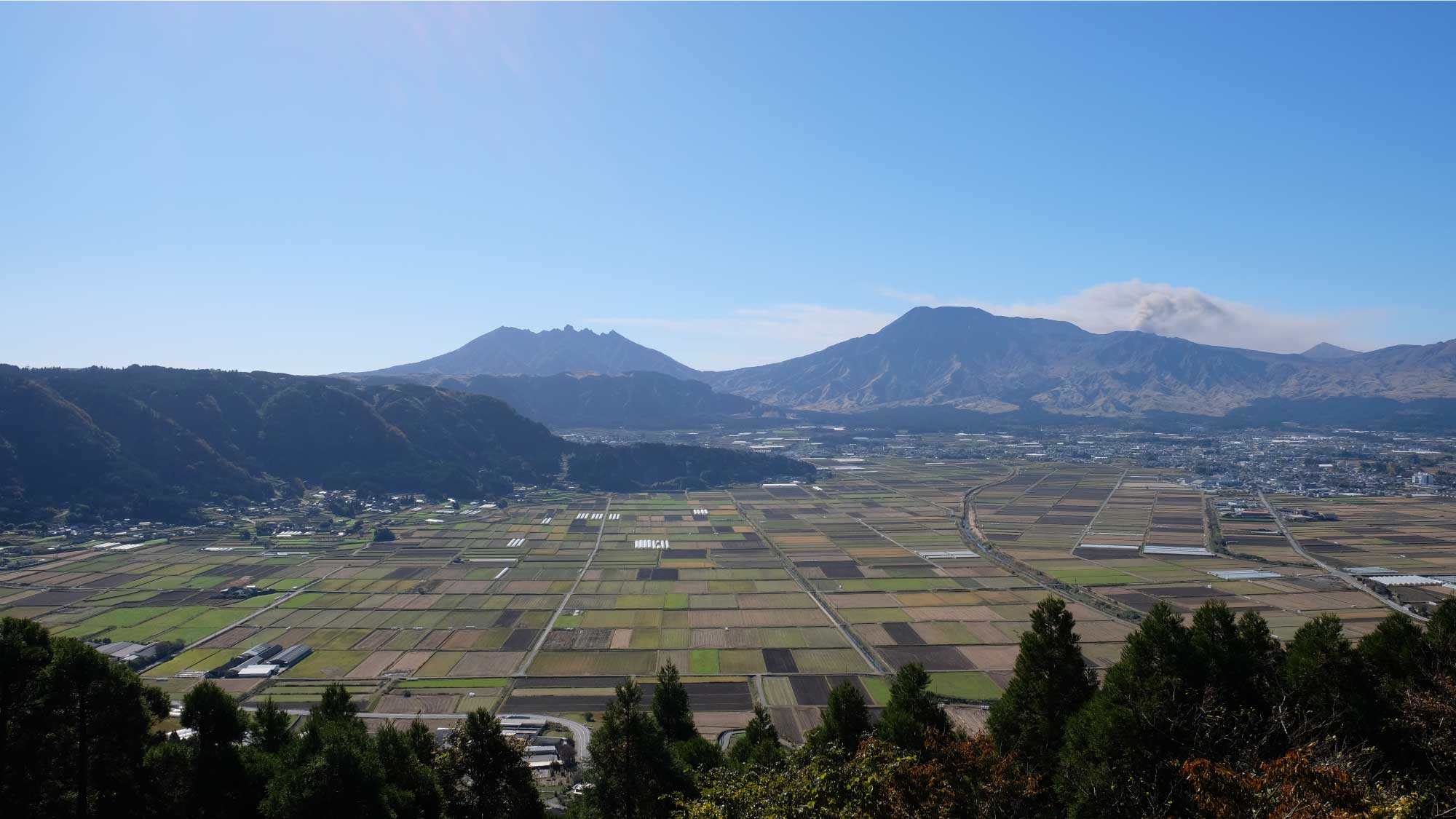
Figure 1- View from the northern edge of the Aso Caldera at the Shiroyama viewpoint
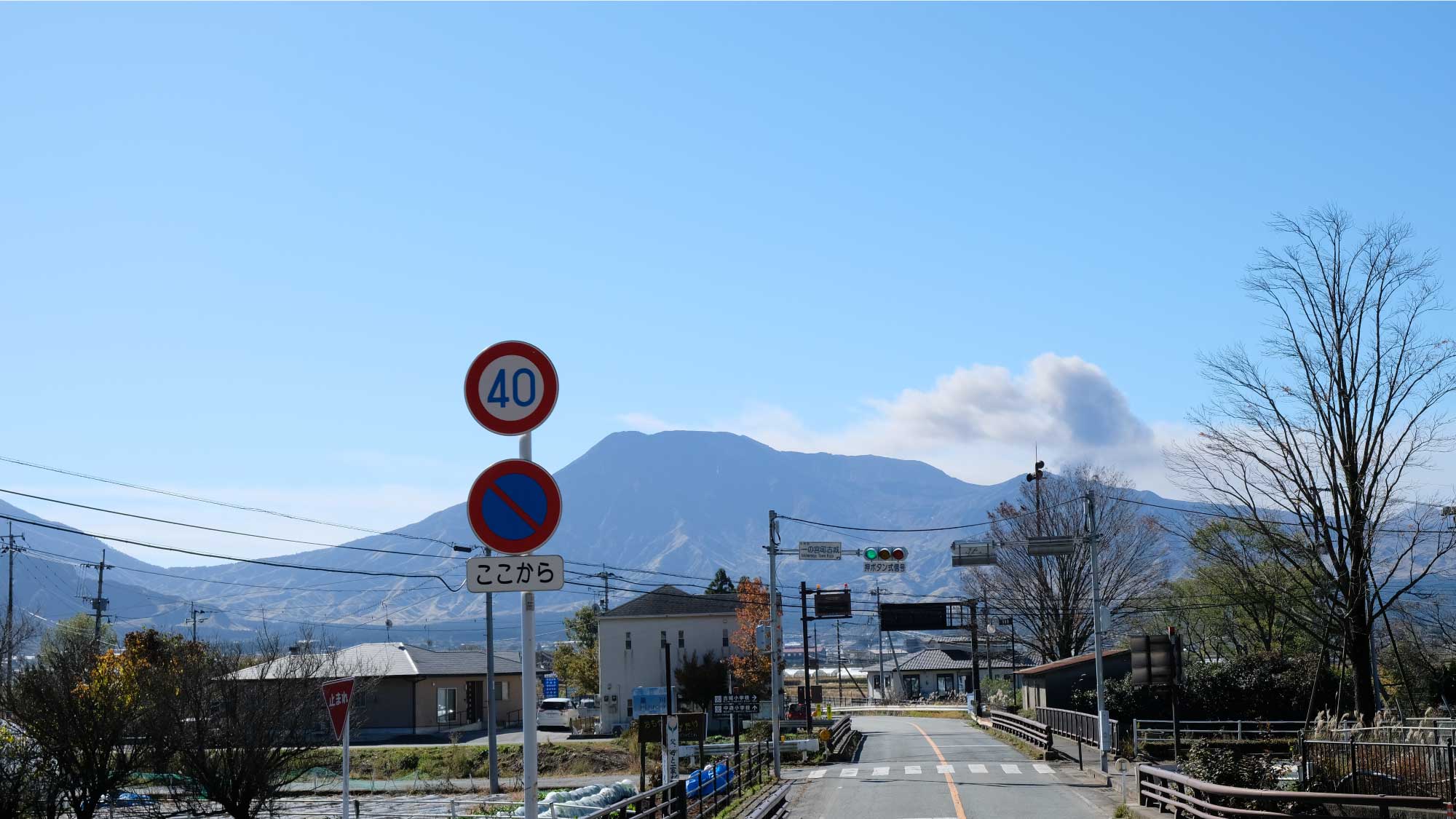
Figure 2- Communities in the shadow of the Aso region's active craters
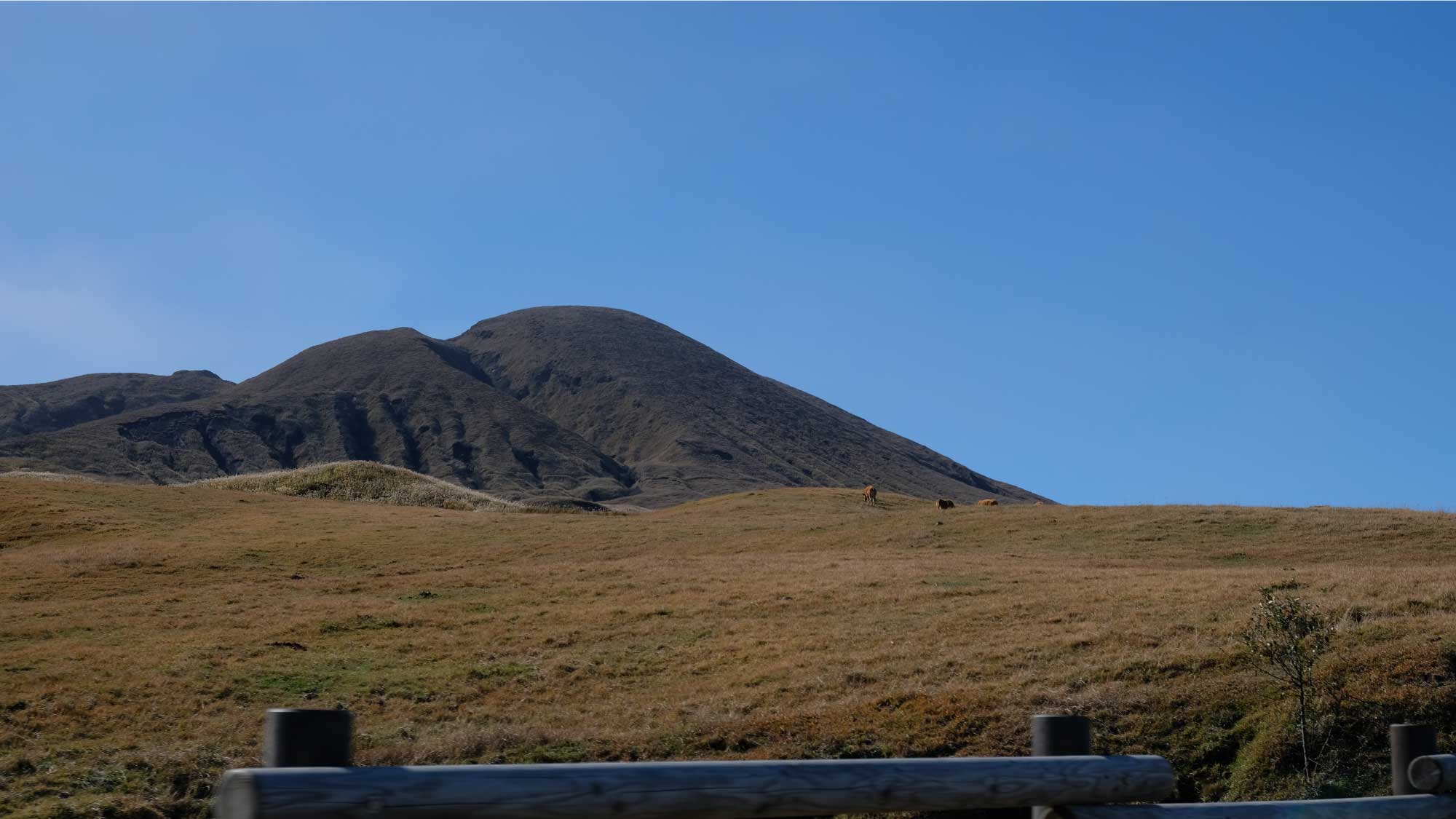
Figure 3- Grazing cattle seen on the slopes approaching the active crater
On top of the world!
Once we had reached the top, we parked the car at the first main parking lot across from Komatateyama Hill and began exploring the area. Scaling Komatateyama Hill we got to see examples of ancient and active volcanic craters (Figure 4-5). As we traversed through the dry brush and constant trickle of volcanic ash it was hard not to realize the shift in environment that had met us at the summit, especially contrasting it to the lush fields and forests below. Unfortunately, or perhaps fortunately compared to current conditions, the area was at a level 2 volcanic emergency meaning that the area around active Mt.Nakadake crater was off limits. This was a reminder that the area was not only a record of past geologic behavior but was also an example of earth’s processes in action. We were satisfied however with the impressive view of Mt. Nakadake from Komatateyama Hill (Figure 5).
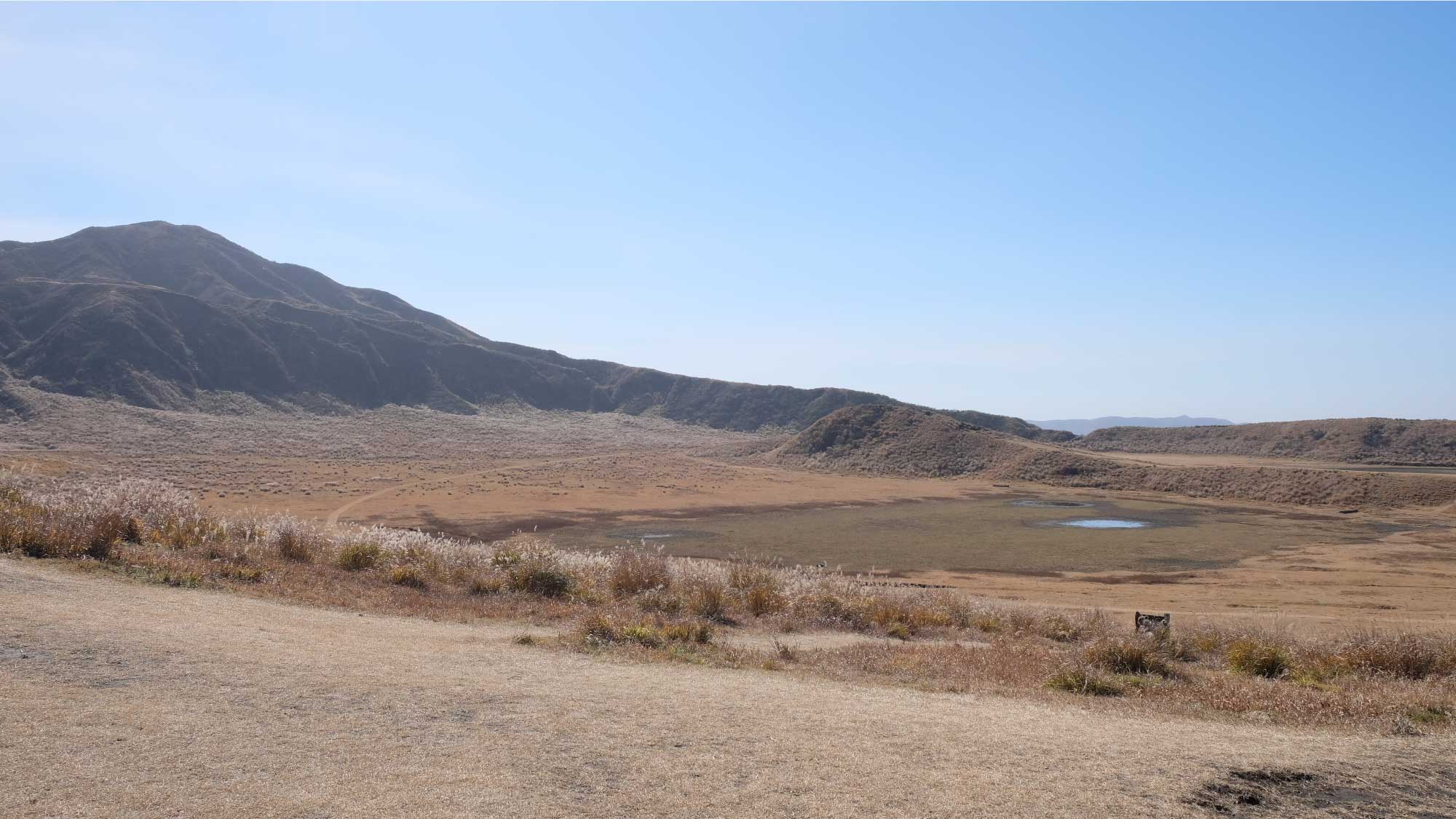
Figure 4- Ancient volcanic crater at Komatateyama Hill adjacent to the more active site at Mt. Nakadake

Figure 5- View of Mt. Nakadake from the neighboring Komatateyama hill
Upon returning to the car, we were met by an even coating of ash draping its entire exterior. Perhaps this was the best reminder that in Aso you aren’t just observing geology but witnessing it in action.
ASO UNESCO Global Geopark
The peaks at the center of the Aso Caldera are only the ‘tip of the volcano’ so to speak, the area boasts a wide range of geologic and scenic features associated with past and current volcanism in the area. Fittingly the area is designated UNESCO Global Geopark. If you are interested in exploring geology closer to home check out the Georgian Bay area which is working towards also acquiring an UNESCO GLOBAL GEOPARK certificate.
Travel Tip: Enjoy the Geologic Hospitality!
Prior to the drive through the Aso Caldera I had stayed near the Kurokawa Onsen, a notable cluster of hot spring accommodations just north of the Aso Caldera. I would highly recommend the mineral rich hot springs the area has to offer and particularly the complimentary foot baths that granted a welcome reprieve for my achy body(Figure 6).
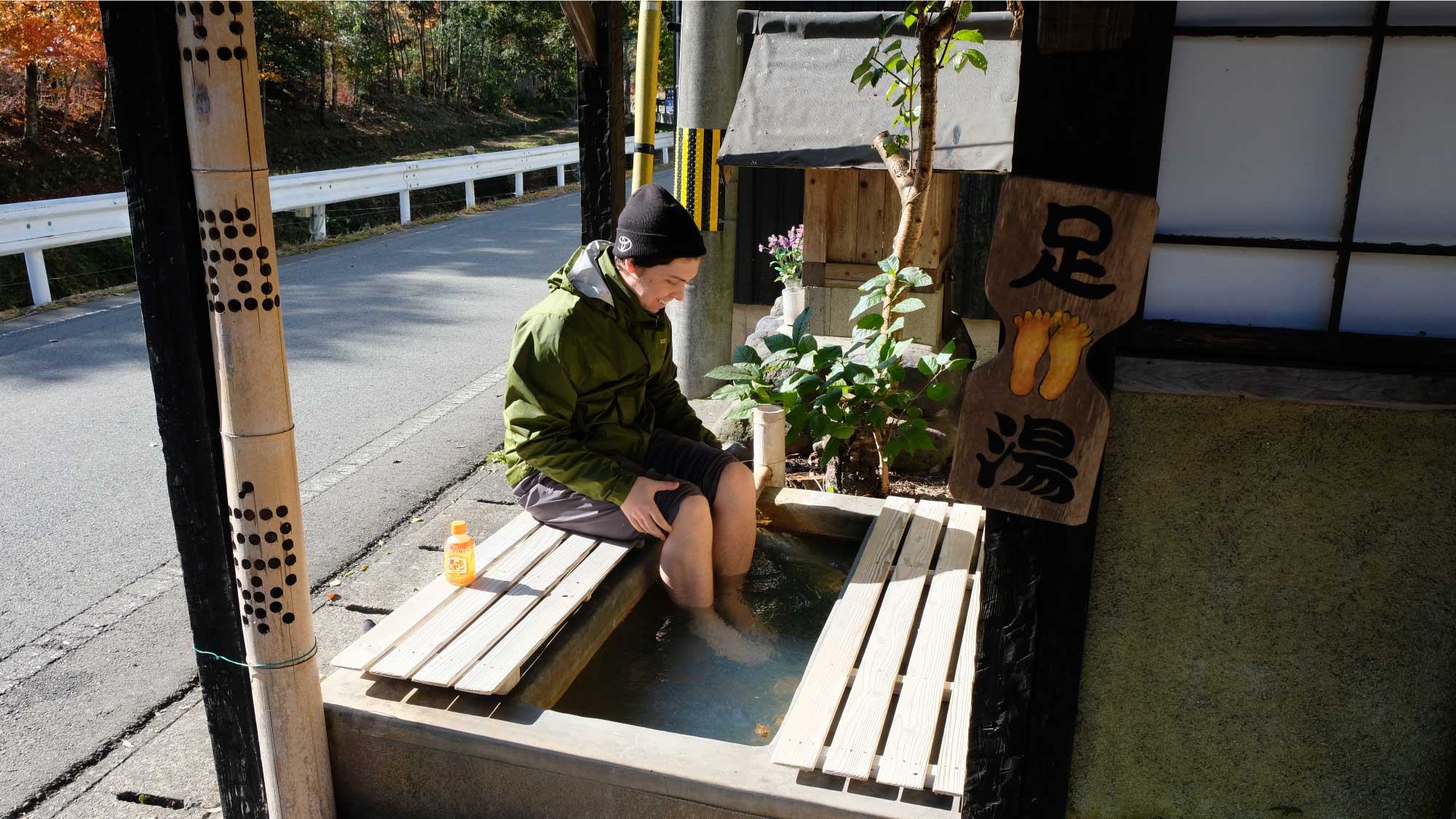
Figure 6- Enjoying a foot bath, or Ashiyu, after a long day
References
ASO UNESCO GLOBAL GEOPARK (2012). Highlights of Aso Geopark. http://www.aso-geopark.jp/en/charm/index.html. Accessed on October 25th, 2021.
Japan Meteorological Agency (2021). Volcanic Warnings. https://www.jma.go.jp/bosai/map.html#8/31.978/130.468/&contents=volcano&lang=en. Accessed on October 25th, 2021